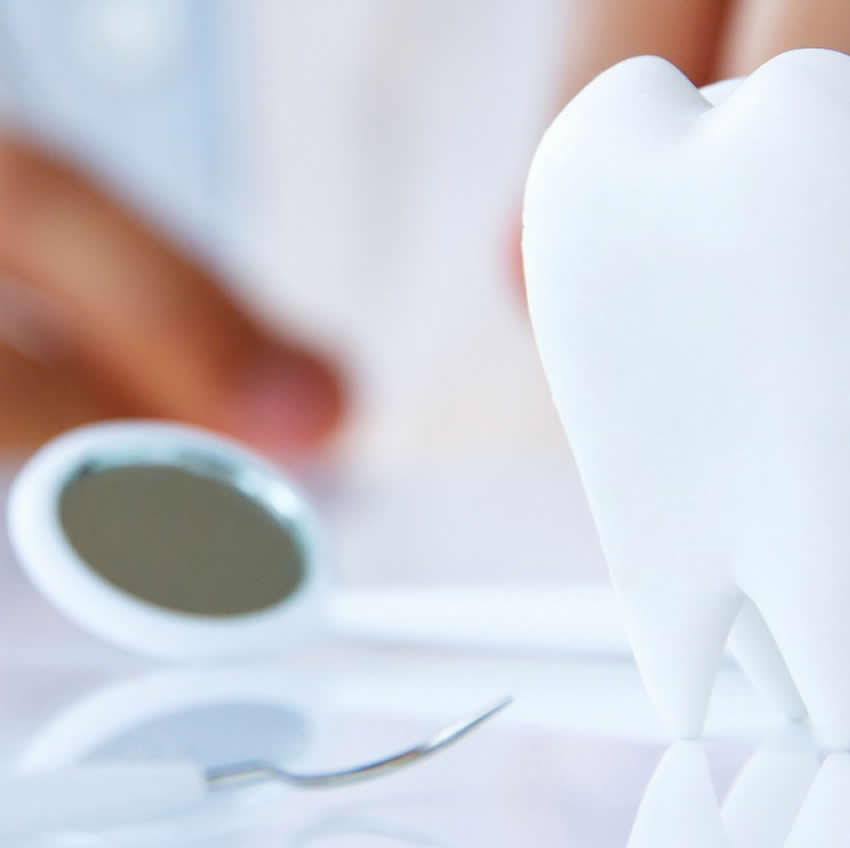The dental implants are made of titanium (currently also in zirconia) and are intended to replace one or more roots of missing teeth, enabling the production of teeth on these implants, returning chewing and aesthetic loss. The dental implants fargo nd are indicated in cases where the patient has already lost the tooth or that tooth is not able to be recovered and needs to be extracted. There are several methods indicated to recover dental aesthetics and even to recover a tooth that is in trouble (crowns, dental contact lenses, among others).
TOOTH EXTRACTION FOR PLACING THE IMPLANT MUST BE CAREFULLY ANALYZED.
Anyone thinking of placing dental implants needs to be in good general health. If you have diabetes, high blood pressure, or any chronic disease, but is under control, you can perform the procedure. In more specific cases, the dentist, together with the doctor, evaluate the best way for the placement of dental implants to be performed safely.
Contraindicated Cases for dental implants
The dental implant is contraindicated in two cases:
Children and young people who do not have their bone growth cycle completed: the implants after osseointegration do not change position anymore, therefore they do not follow the growth of the face.
Patients using drugs of the bisphosphonate class, which are drugs used in Paget’s disease, malignant neoplasms, and some cases of osteoporosis. This medication inhibits bone remodeling, and although there is no consensus in the literature, it has been associated with bone necrosis, with a very difficult solution, if it occurs.
Dental Implant surgery procedure
As they are root substitutes, after surgery, a dental crown (tooth) will be fixed on the dental implant to recover chewing and natural appearance. The tooth is a structure independent of the dental implant and can be made of various materials such as porcelain, zirconia, resin, or metal.
After the period of osseointegration (3 to 5 months), the patient returns to make the final tooth, which after being connected to the implant becomes an integral part of the patient, very similar to a natural tooth. Today, the dentist also has an immediate loading implant, which can be fixed and receive teeth at the same time, as long as there is a favorable oral condition for this.
Until recently, implant surgery had the stigma of being expensive and complicated, as well as painful. Today, thanks to countless scientific advances, this situation has changed, and patients can return to having teeth as aesthetic and functional as natural ones, at a reduced cost and greatly improved comfort. Digital exams, with 3D visualization, make the planning and procedure for placing implants simple, predictable, and safe.
Implants and immediate loading implants can be used to fix any type of oral rehabilitation, single porcelain crowns, partial or all fixed dental prostheses, and even dentures ( overdenture ).

